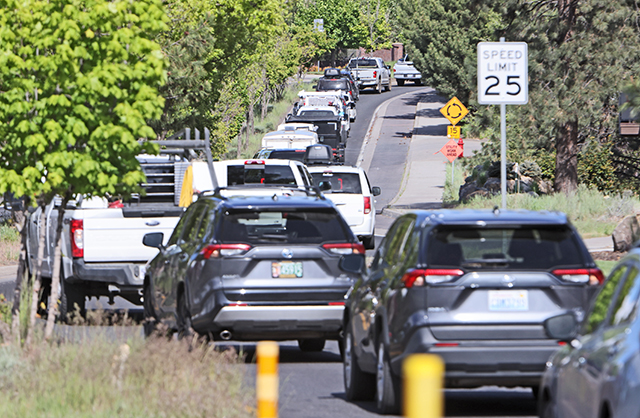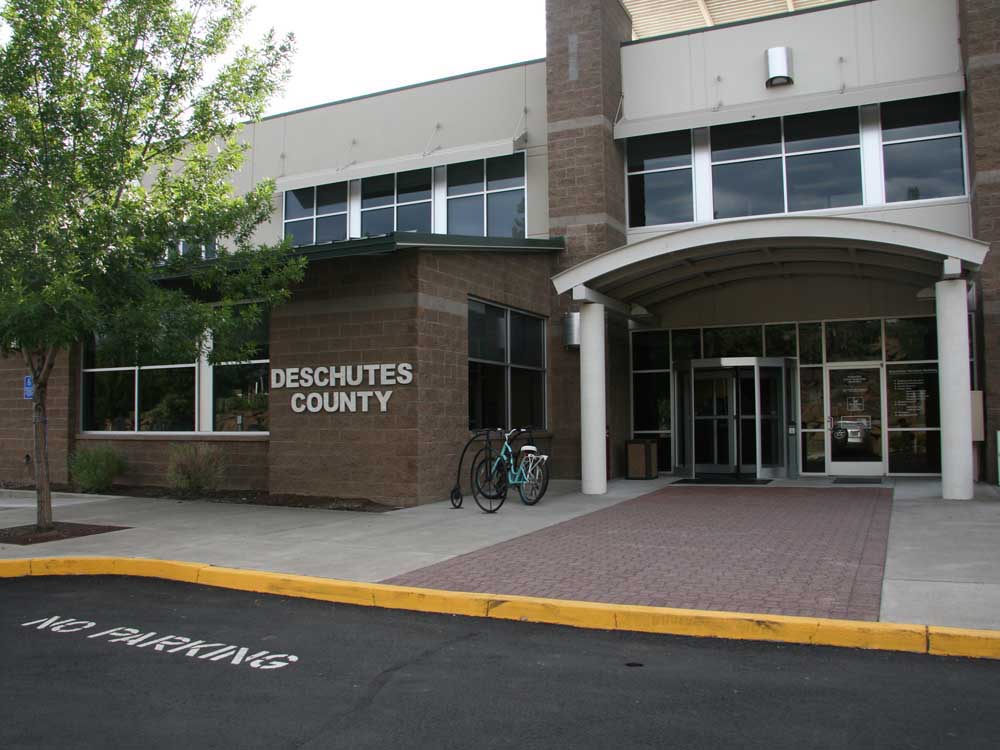Strut renewal at home
Published 5:00 am Sunday, April 14, 2013
Q: I have a question about struts. The dealer gave me a quote of more than $1,800 to replace the front struts on my four-cylinder 2001 Toyota Camry. Yikes! The independent shops are pretty steep, too.
Then I found out about KYB Strut-Plus and Monroe Quick-Struts for a lot less money. I’m thinking about tackling the job myself using one of these products. They are a complete unit with pre-compressed new coil springs, the strut and strut mount. I am pretty mechanically inclined.
Is there a downside to using these units and installing them myself? I’m leaning more toward the KYB Strut-Plus. We plan to keep the car for several more years. It has about 95,000 miles on it and runs great. Or should I have the dealer or an independent shop just put on struts and use the old coil springs?
A: Yikes is right! I can’t fathom the price you were quoted for this simple service procedure. Periodic renewal of struts is necessary, as these tubular suspension parts contain the shock absorber. Shock absorbers wear out somewhere between 50,000-100,000 miles, which can affect vehicle stability, tire tread life and ride comfort.
Replacing struts on a typical MacPherson strut vehicle involves removing the complete strut assembly, which is a fairly simple initial process. The strut is then mounted in a spring compressing fixture and disassembled. Typically the coil spring and upper strut mount, if in good condition, are transferred to the new strut and reassembled. On some vehicles, the strut contains a replaceable cartridge, and the strut housing and other parts are reused.
The quick replacement and complete strut assemblies you mentioned are a great idea, as renewing the complete assembly is a real time-saver and eliminates the inconvenience and danger associated with compressing the spring or disassembling the strut if attempted at home. Also, the new assembly includes the spring insulators, upper bearing and mount, which often need replacement. You’re paying for a new coil spring, which may not be a bad idea either, as springs can sag, affecting ride height and wheel alignment. Replacement (bare) name-brand struts run about $60 to $80 apiece, and after you include the insulators and upper bearing, you’re only a bit shy of the cost for the complete unit — $160 or so. The prices I mentioned involved some frugal shopping and may be a best-case scenario.
You should align the front wheels after renewing struts. Your Camry has elongated mounting bolt holes at the bottom end of the strut, allowing a camber adjustment, in which the wheel leans in or out. It would be difficult to accurately guess or estimate proper reassembly position. On vehicles with wishbone suspension, or with cartridge-type or non-adjustable struts, you might forego the alignment process.
When removing your original struts, note the paint deformity and crush position of the lower mounting bolt washers. Imitate this as closely as possible when bolting up the replacement units.






